Admittedly, no business owner ever begins to design a product without receiving approval. However, if everyone succeeded and struck the target, the number of startup failures would be significantly reduced.
The process of gathering “YES & NOs” or “Will it work?” responses to your suggested SaaS startup idea is not validation.
Actually, the strategic validation’s primary goal is
- Enhancing the product
- Verifying the client profile
- Finding weaknesses in your concept
- Assessing superior substitutes
- and determining whether the market actually needs your goods or not.
What we need to confirm is that you can find genuine, eager, and well-paying clients who are prepared to pay in advance for your SaaS solution.
- Identify Your Target Audience: Clearly define who your ideal customers are. Understand their pain points, needs, and preferences.
- Define Your Value Proposition: Ascertain the distinctive benefit your SaaS product offers to your intended market. What issue does it help them with? In what ways does it improve or ease their lives?
- Create a Minimum Viable Product (MVP): Create a rudimentary version of your software as a service (SaaS) that has essential capabilities to solve the problems that your target market has identified. Remain uncomplicated and concentrate on providing the essential features.
- Gather Feedback: Get input from a small sample of prospective users by sharing your MVP with them. Observe how they use the product, what they find easy to use, what confuses them, and whether they ask for any extra features.
- Iterate Based on Feedback: Use the input gathered to refine and enhance your MVP through iterations. Sort features according to the needs and preferences of the user. Continue to improve the product until your target market finds it to be significantly valuable.
- Test Pricing Strategy: Try out several pricing structures and levels to determine what best appeals to your target market. To draw in new users, think about providing discounts or early access opportunities.
- Acquire Early Adopters: Focus on acquiring a small group of early adopters who are enthusiastic about your product and willing to provide testimonials or referrals. Engage with them closely to understand their experience and address any issues promptly.
- Measure Key Metrics: Track key metrics such as user engagement, retention rate, conversion rate, and customer satisfaction. Analyze the data to assess the viability of your SaaS startup idea and identify areas for further improvement.
First, Prepare Yourself for Appropriate Validation
- Give up thinking that your SaaS concept or service is infallible for a moment. For the purpose of the validation process, just cease assuming this. Proceed with the thorough validation by assuming that your SaaS product has the improper concept or solution. Because you will undoubtedly begin to create flaws if you simply believe that your idea is unbeatable.
- Friends and family frequently claim it is a terrific idea, so do not take them at face value.
- The majority of entrepreneurs proceed in this manner: they create a landing page and use advertisements to drive visitors to it for their SaaS product that is not yet in production. “Emails” are what they record as well.
While acquiring their addresses does not guarantee that they will purchase your product once it launches, I acknowledge that email is a valuable resource in today’s society.
Rather, you ought to create the landing page for the MVO (Minimum Economical Viable Offer), not the MVP. A Minimum Economic Viable Offer is when you persuade a user to pre-pay for a product that is not yet built. You will then receive appropriate validation.
This will distinguish between “actual buying intent” and “lukewarm interest.”
Advice: Users can request to save their credit cards without being charged at this time. In this manner, you will obtain a list of actual potential clients for your next SaaS offering. It, in my opinion, provides stronger validation than merely email opt-ins.
Never want someone to visit your landing page from one of those pricey advertising campaigns and give you their junk email address in exchange for your “Free Signup” offer.
“Make the SaaS product that people adore; life is too short to make things that are useless.”
So How Should You Do The Validation
Idea validation and MVP (or MVO, as I like to call it) validation are the two stages of the validation process that I would recommend you divide into.
Idea validation:
1) Do the patent check
You are excited to develop your product, you think your idea is unique.
But don’t forget to do a quick patent search for your SaaS idea, check if it’s already taken.
It is something you will never want to happen to your own product. Google Patents is a useful location for a fast search.
2) Identify competitors
Finding your present competition is not a difficult task. You may find them online in a lot of different ways.
When you Google your industry or term, a lot of businesses will appear in front of you. To be honest, the most of them would advertise to gain your attention.
Go to Crunchbase or Angel.co and type your competitor’s product and You will learn a fair amount of information about them. include both their recent and previous investments.
If your offering is more akin to software or a CRM, Capterra, GetApp, G2Crowd, and PCMag can be quite useful in locating your rivals.
3) Check if it’s a trending or drowning idea
Examine the changes in the Trend.
Let us say you are developing a SaaS email autoresponder product. Additionally, you want to find out whether or not people are discussing it. whether there is an upward or downward tendency.
Go to Google Trends and enter the idea for your product. If you type something like “Email autoresponder” into the search field, a chart indicating whether it is rising or falling will appear.
You can also compare two or more distinct or similar industries like, “Email Autoresponder” V/s “Email Additionally, you can contrast two or more different or related sectors, such as “Email Automation” vs “Email Autoresponder.”

4) See if you have a decent audience size to sell or not
Keyword Planner helps you determine how many Google searches a specific keyword is receiving. It also aids in determining whether or not your SaaS concept has a pool of possible clients.
Enter your keyword in Google Keyword Planner, and presto! Your target audience’s online presence can be determined by looking at the data.

5) Can you do it faster, cheaper and better
There is no need for another common product on the internet. Unless something better or less expensive is available, people do not change their service providers every other day. Furthermore, you cannot take your rivals’ clients if you do not provide them with an improved product.
Therefore, you must determine the gaps and opportunities that your product could address.
Allow me to propose a few methods for locating potential chances.
For SaaS software applications, visit review sites specific to your niche, such as GetApp. Examine the topics being discussed in reviews for the product of your rival.
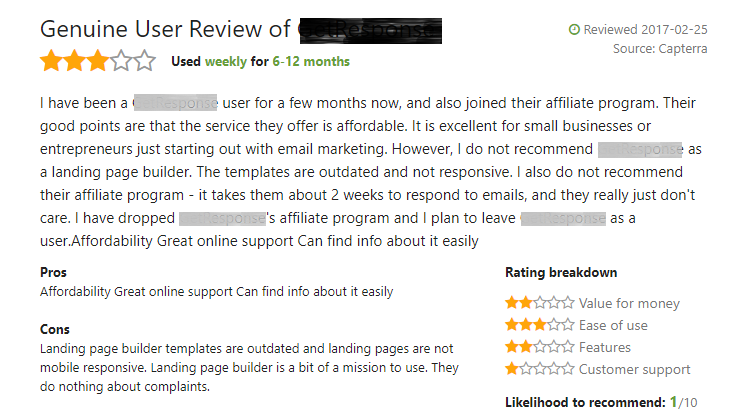
Quick Tip: Filter out the 3-star reviews. Most of the time those are most critical reviewers with lots of constructive suggestions and complaints.
6) Complaints are your opportunities
similar to the earlier tactic. Be aware of the problems that prospective clients are having. Go through the critical evaluations on the software comparison and review aggregator websites. If at all feasible, make an effort to speak with the irate clients of your rivals to expand on the conversation.
Advice: Give them a complimentary membership to your beta testers club.
7) What technology you should use to make it better
Surveilling your rivals is the most enjoyable endeavor.
BuiltWith is a dated tool for spying on a website’s or app’s technology.
Let us say you wish to monitor the technology used by Airbnb.
8) Talk to a sample group of people
Ask them what they love and dislike about the solution you are offering them if you have a sample group of customers for your upcoming SaaS product. You can meet them in person or over the phone.
They will typically respond positively to you and show you kindness and generosity. However, avoid being overly kind and asking if they want to pre-order your merchandise. At that point, people will begin to provide you a lot of constructive criticism.
9) Serve your upcoming product in the best possible way
Sometimes it is difficult to put ideas into words.
The adage “A picture is worth a thousand words” may be familiar to you.
And that is Bull’s eye if that image were an animated explanatory video!
In his book “4-Hour Workweek,” Tim Ferriss also discussed creating landing pages for your product, even if it has not been developed yet. Increase traffic to that page to see how many people click the “notify when available” option.
Try implementing Qualaroo pop-up app to encourage the visitors to sign-up or take part in your validation survey.
10) Drive targeted traffic
Driving targeted traffic to a product landing page is a whole different project in itself.
These are some organic i.e. no cost sources of targeted traffic:
- Particular Facebook Groups
- Twitter Lookup
- Groups on LinkedIn
- Specialized Discussion Boards
And if you are open to run some targeted advertising traffic –
Try:
- Facebook Advertisements
- Paid Promotions on Twitter
- Marketing on Quora (Untapped and Unabused)
- Google Marketing
At this point of validation, I will not advise you to run LinkedIn advertisements because it will be very expensive. Despite the fact that the traffic is targeted.
11) Email potential customers
Elon Musk pursued bank executives via cold email in an attempt to secure an internship. When he was a job search in his twenties.
From the outset of online marketing, cold emailing has generated controversy. But when executed properly and thoughtfully, it is one of the most effective marketing gimmicks.
You might begin a drip campaign of cold emails to your selected prospects. Avoid approaching them abruptly and demanding payment in advance for a product that is still in the development stage. Ask them instead about any issues they are having with their present SaaS supplier or about any features they would like to see added.
MVP (or MVO) Validation
1) Define metrics for success
You cannot determine whether you are doing anything correctly or not if you do not know your success measures. At these early phases, it is important to move at the appropriate pace and in the right direction. In order to validate your startup or business idea, it is imperative that you understand your success metrics.
2) Define your customer persona closely
The first stage in MVP validation should be defining the consumer persona because you will undoubtedly make mistakes if you do not know who your target market is.
Building and defining the client profile for your SaaS product may be done in a variety of ways.
Facebook Audience Insights – If you have not already, you ought to utilize Facebook’s audience tool (albeit it does require an advertising account).
PPut your competitor’s product in the target market to see that group’s demographics.
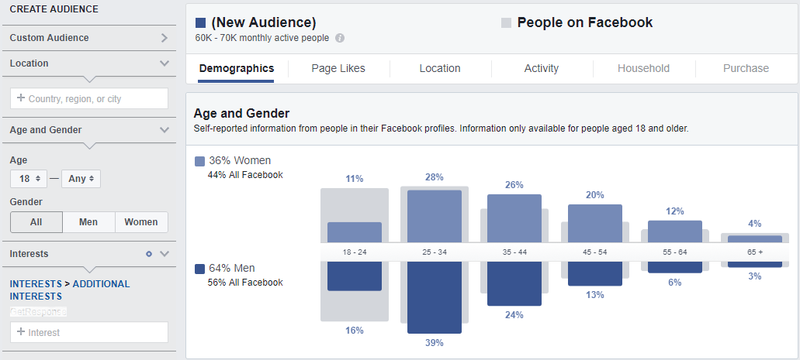
Examine the interests of your prospects, including their purchasing patterns and brand affinity.
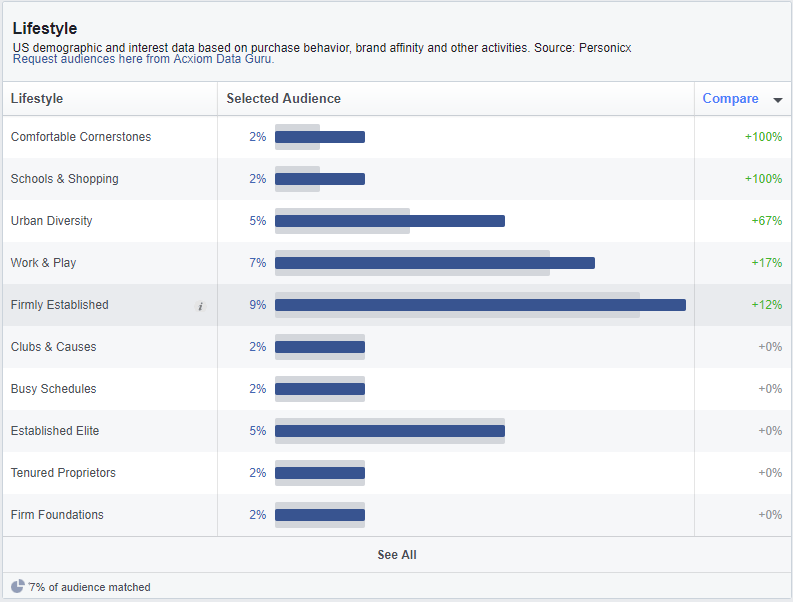
And their relationship, education and job statuses as well –
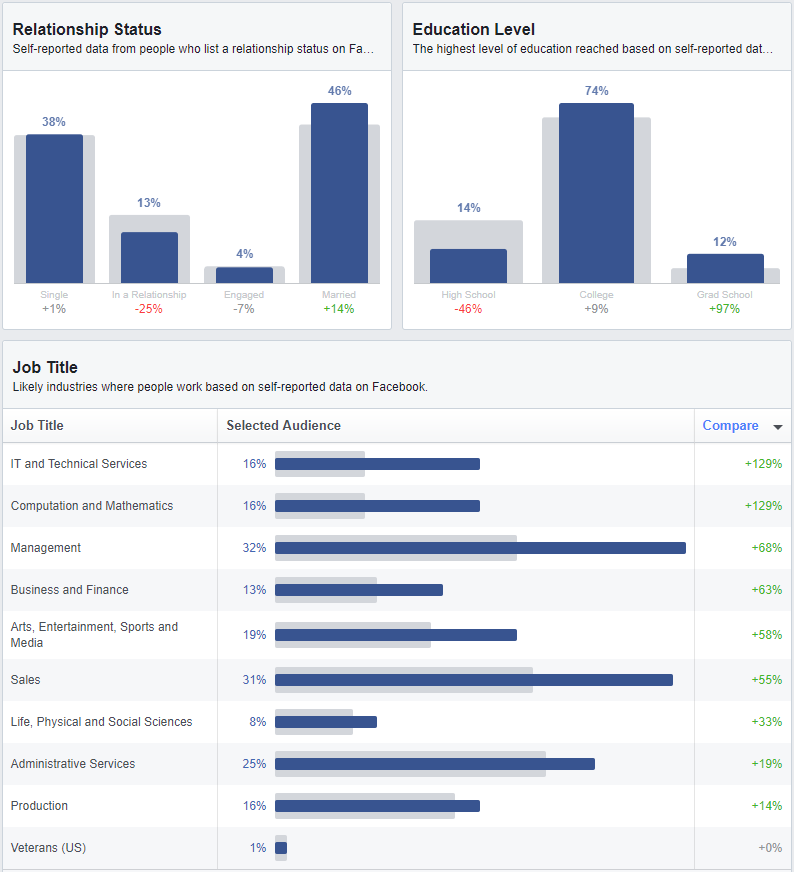
Pro Tip: Target the lookalikes of your beta users with Facebook advertisements by using a lookalike audience.
Use Your Instinct – Since you are developing a product for a market, you are in a better position to determine who your target market is. Simply take a seat, remain composed, and carefully fill out the buyer persona.
Reverse Engineer – Go back and research your rivals’ users on software review aggregator websites such as Capterra.
3) Product Goals
With your MVP in hand, establish your objectives and assess whether you are accomplishing them. Make the MVP as near to the finished product as you can.
4) Document your assumptions
Keep a record of the presumptions you have established or gathered during the validation procedure. Ultimately, the information included in the data tells the entire tale.
5) UX hypothesis
You have no idea what kind of experience people will have with your SaaS application. Examine each and every user interaction and event that occurs within your application. There are several strategies and tools available for monitoring user behavior on an app. A heatmap, button clicks, and scroll depth are a few of the events you should monitor and use to support your hypothesis.
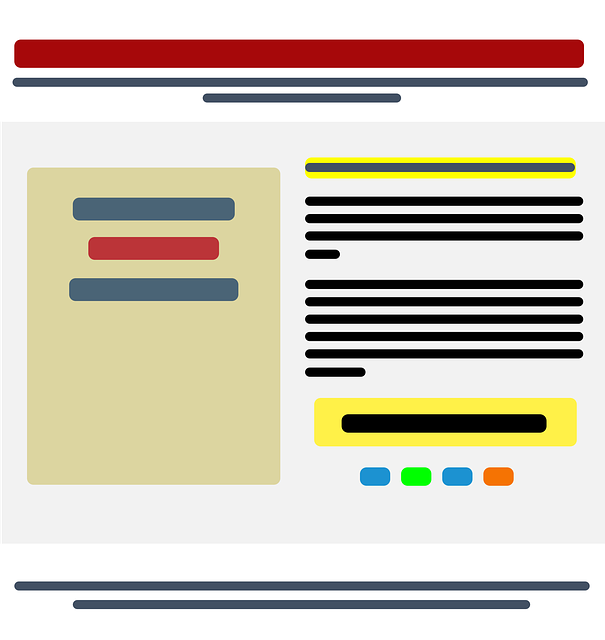
Track -> Document -> Analyse -> Optimise
6) Features required to sell the product
Even while you believe the features are good, they might not be sufficient to make a sale. It is imperative that you pay attention to your beta testers and include any features they recommend. They are, after all, your trial consumers and, in the end, the ones who purchase and utilize your goods.
Note any suggestions made by the beta testers and users.
7) Build a landing page that converts
Publish a landing page that is optimized for conversions that describes your product and encourages people to sign up for the beta.
This MVP landing page also has an animated explanatory movie that you may use. and begin promoting this page in order to connect with the intended audience.
8) Stay Motivated
When no one else was purchasing, Jack Ma was purchasing goods from his own firm, Alibaba.
How To Bring The Idea Out Of Your Mind – Sketch and Build Mockups:
If you want to put your concept out there and see it come to pass. Draw it! Create a few prototypes prior to visiting your SaaS development company.[Incidentally, we create mobile and SaaS applications for startups and corporate businesses.]

Create a sitemap of the product – Creating a sitemap before beginning development is an excellent way to specify every feature of the finished product. It provides a thoughtful design for the process of development.
Use a pen/pad to sketch the interface – When staring at the screen of your laptop, the greatest ideas seldom occur to you. I would advise you to sketch the interface using the traditional pen and pad method. Set away your laptop, take a seat, and use your entire imagination to create anything on paper for a minute.
Use Balsamiq, Proto.io (for mobile) or services like Invisionapp to join the flat designs together so that the user can move between screens by clicking or tapping the buttons. It gives your SaaS app’s early users a “real enough” experience.
Summary
- Decide what you want to be validated. Instead of aiming for MVP, try validating the product for MVO.
- Check for patents before beginning the idea validation process to make sure you are not omitting any ideas or stealing someone else’s.
- Check the market to see if there is a sufficient demand for your product. Determine who your rivals are. what they are carrying out. And check to see whether your product can close any gaps.
- Create a buyer persona and list your desired outcomes for the product. Recruit some users or beta testers to try your MVP and provide some helpful criticism.
- Create a product explanation landing page and send relevant visitors to it. Optimize and convert the page.
I sincerely hope you like the article and find some helpful, practical tips in it. Maintain your drive and keep working hard!
What startup concept do you wish to verify? Send me an email at info@omartechnologies.com or leave a comment! I would adore hearing from you.
